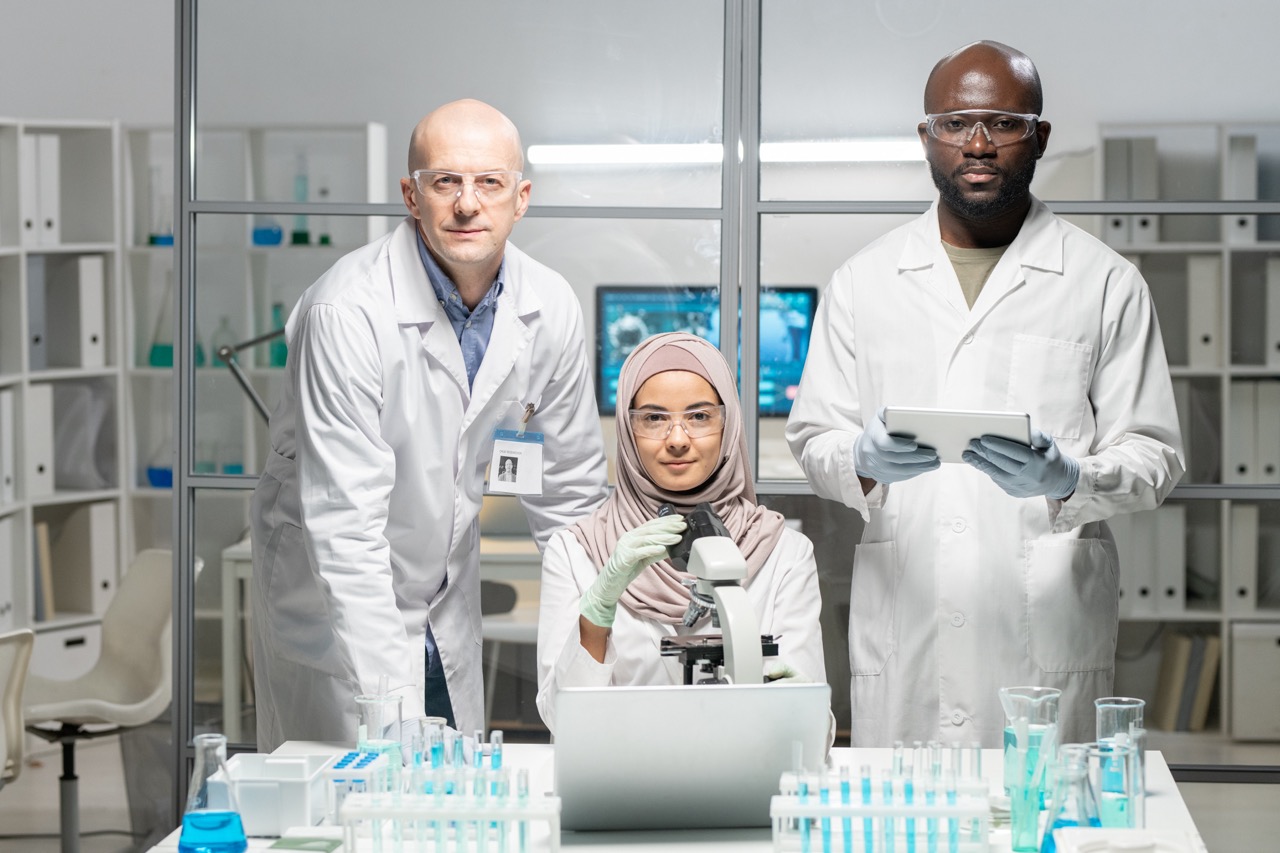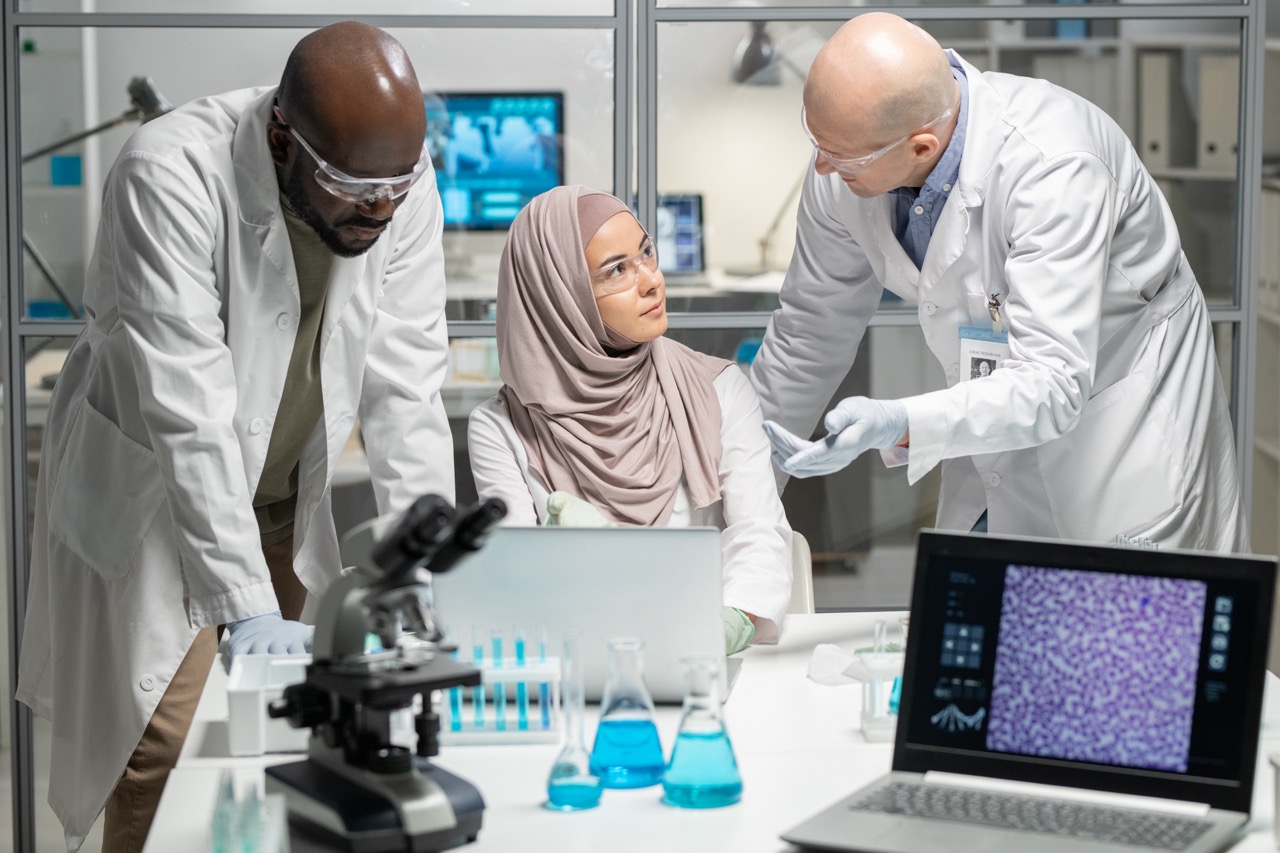John B. Goodenough, a pioneering figure in the field of materials science, has made transformative contributions to lithium-ion battery technology. His research has not only enhanced the performance of batteries but has also paved the way for future innovations in energy storage. Goodenough’s work in cathode materials and solid-state batteries has been instrumental in advancing the capabilities of lithium-ion technology, leading to widespread applications in consumer electronics, electric vehicles, and renewable energy systems. This article outlines the significant contributions of Goodenough’s lab to lithium-ion battery development, focusing on his key innovations, advancements in solid-state technologies, and the broader impact of his research on future energy solutions.
Overview of John B. Goodenough’s Key Contributions
John B. Goodenough is widely regarded as one of the founding figures of lithium-ion battery technology. His most notable contribution, made in the late 1980s, was the development of the lithium cobalt oxide (LiCoO₂) cathode material. This breakthrough allowed for a significant increase in energy density compared to previous battery technologies, enabling smaller and lighter batteries suitable for portable electronic devices. Goodenough’s work laid the groundwork for the commercialization of lithium-ion batteries, which have since become the dominant technology in consumer electronics.
In addition to lithium cobalt oxide, Goodenough’s lab has explored various other materials that further enhance battery performance. His research includes the investigation of layered and spinel structures that improve the stability and longevity of lithium-ion batteries. By optimizing these materials, Goodenough has contributed to the understanding of how battery chemistries can be tailored to meet specific energy needs. His insights have helped inform both academic research and industrial practices in battery manufacturing.
Moreover, Goodenough’s contributions extend beyond material discovery; he has also emphasized the importance of theoretical frameworks in understanding battery performance. His work combines experimental studies with theoretical modeling, allowing researchers to predict how new materials will behave in real-world applications. This holistic approach has been crucial in guiding the development of next-generation batteries that are safer, more efficient, and more sustainable.
Innovations in Cathode Materials for Lithium-Ion Batteries
One of the most significant innovations from Goodenough’s lab is the development of high-capacity cathode materials, which are essential for enhancing the overall energy density of lithium-ion batteries. Goodenough’s exploration of various metal oxides has led to the identification of compounds that not only store lithium ions more effectively but also provide enhanced stability under cycling conditions. This work has been critical in addressing the capacity fading that often plagues conventional lithium-ion batteries.
Goodenough’s team has also investigated alternative materials that could potentially replace cobalt in battery formulations. Given the environmental and ethical concerns associated with cobalt mining, research into alternative cathode materials, such as nickel-rich layered oxides or sodium-ion systems, reflects a commitment to sustainability. These innovations could lead to batteries that are not only less dependent on scarce resources but also exhibit improved performance characteristics.
In addition to material efficiency, Goodenough’s lab has focused on the scalability of cathode materials. By developing processes that allow for the economical production of high-performance cathodes, his research has helped bridge the gap between laboratory findings and commercial applications. This focus on practical implementation has been key to the widespread adoption of lithium-ion technology in various industries.
Advances in Solid-State Battery Technologies from Goodenough’s Lab
Goodenough’s lab has also made significant strides in the development of solid-state battery technologies, which present a safer and more efficient alternative to conventional liquid electrolyte batteries. Solid-state batteries utilize solid electrolytes instead of liquid ones, which can help eliminate issues related to leakage and thermal runaway. Goodenough has been at the forefront of research focused on solid electrolytes, identifying materials that can effectively conduct lithium ions while maintaining structural integrity.
The exploration of sulfide-based solid electrolytes is one of the major advancements credited to Goodenough’s lab. These materials have shown high ionic conductivity, which is critical for achieving the performance levels needed in practical applications. Furthermore, the potential for higher energy densities in solid-state batteries compared to traditional lithium-ion batteries represents a significant leap forward in energy storage technology.
In addition to material innovations, Goodenough has also addressed the challenges associated with interface stability in solid-state batteries. His research seeks to understand and mitigate the adverse reactions that can occur between solid electrolytes and electrodes, which are crucial for ensuring the longevity and efficiency of these battery systems. By overcoming these hurdles, Goodenough’s work is paving the way for the next generation of energy storage solutions that can operate safely and effectively in a range of applications.
Impact of Goodenough’s Research on Future Energy Storage Solutions
The impact of John B. Goodenough’s research extends far beyond lithium-ion batteries; it has implications for the future of energy storage solutions in a world increasingly reliant on renewable energy. As the demand for energy storage grows, particularly for applications such as electric vehicles and grid storage, the innovations stemming from Goodenough’s lab are likely to play a pivotal role. His advancements in battery chemistry and materials science provide a foundation for developing batteries that are not only more powerful but also more sustainable.
Goodenough’s emphasis on sustainability in battery research is particularly relevant in the context of global efforts to reduce carbon emissions. The exploration of alternative materials and solid-state technology aligns with the growing urgency to find greener solutions to energy storage. His work encourages a shift toward batteries that minimize environmental impact while maximizing performance, which is crucial in addressing the challenges posed by climate change.
Furthermore, the interdisciplinary approach fostered by Goodenough’s lab has inspired new collaborations between academia and industry, promoting a culture of innovation that transcends traditional boundaries. This collaborative spirit is essential for accelerating the development and commercialization of next-generation energy storage technologies, ultimately contributing to a more sustainable energy future.
In summary, John B. Goodenough’s lab has made groundbreaking contributions to the field of lithium-ion batteries, from innovations in cathode materials to advancements in solid-state technologies. His work not only enhances the performance and safety of batteries but also addresses critical sustainability challenges facing the industry. As the demand for efficient energy storage solutions continues to grow, Goodenough’s research will undoubtedly remain at the forefront of technological advancements, shaping the future of energy systems worldwide.










